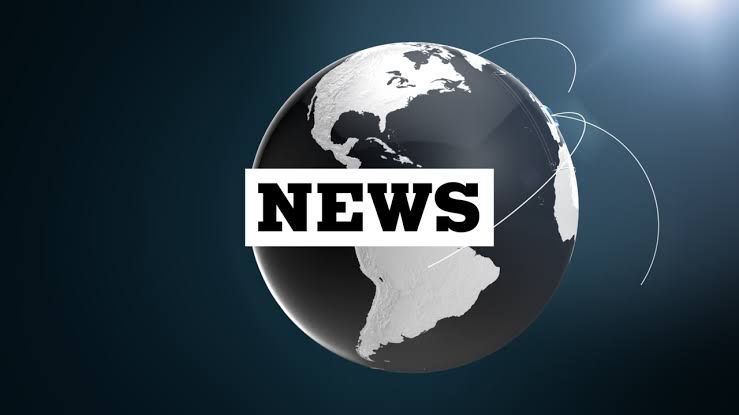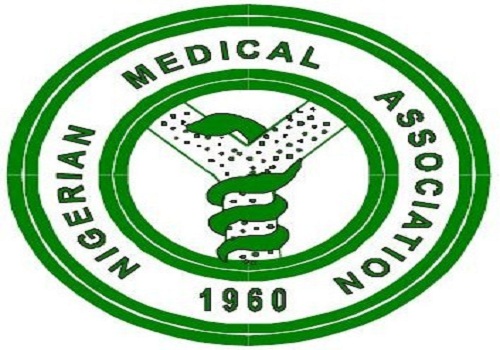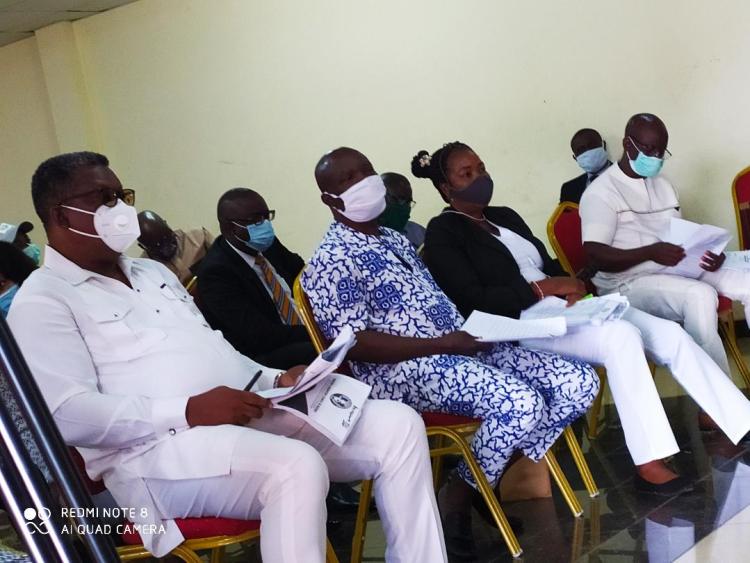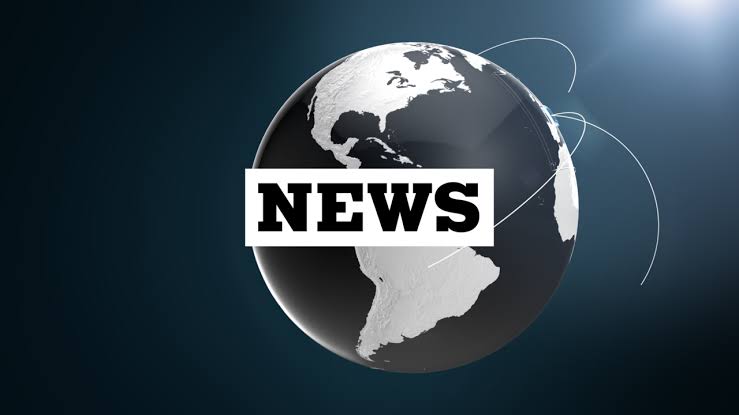Universal Health Coverage (UHC) is a health care system which provides health care and financial protection to all its citizens.
The definition of UHC by the World Health Organization (WHO) encompasses three dimensions:1 Equity in access to health care, i.e. to ensure that those who need health care services should get them, not only those who can pay for them; Quality of services, which is good enough to improve the health of those receiving services; Financial risk protection i.e. universal coverage must bring the hope of a better health and protection from poverty for the people, especially the most vulnerable ones.
The major aims are firstly, to provide qualitative and affordable health care for all, thereby improving health outcomes. Secondly, to reduce financial risk associated with illness, and thirdly, to increase equity. For these important reasons, the 58th World Health Assembly in 2005 adopted resolutions encouraging countries to embrace a transition to UHC.2
UHC is not a one-size-fits-all concept, as the path to achieving it is peculiar to each country since no single system/model exists for achieving it. The key features are that it includes prepayment (avoiding out-of-pocket payment) and supports risk pooling, which ensures the spread of risk across time and across individuals.2, 3 The concept of UHC does not imply a particular health system, but can include national health systems (or a National Health Insurance model) and systems of Social Health Insurance (SHI)3 which are generally designed for the working population and financed by payroll taxes collected from employers and employees. In 2010, the world health organization (WHO) in its World Health Report (WHR-2010) focused on financing initiatives for achieving universal coverage.4 These initiatives includes more efficient management of resources and adoption of better policies and practices, all geared towards improving prepayment and pooling.
Several countries at different times have made conscious efforts, usually by legislation, at achieving UHC.5 The United Kingdom implemented the universal National Health Service in 1946 and New Zealand, by a process from 1939 to 1941. The Soviet Union started the implementation in 1937, covering the whole country by 1969. Several Asian, European and some African countries have since expanded their national health insurance system to provide universal coverage using different models.4, 5
Country Overview: Nigeria with a population of about 170million and a growth rate of 2.5% is the most populous country in African and the 8th most populous in the world.6 The country’s economy is one of the fastest growing in the world with growth rates of 6.4% in 2007 and 7.4% in 2011.7 Poverty rates have persistently remained high over the past years; it was 54% in 2004 and rose to 69% in 2010.8 The country’s Human development indicators are very low compared with the GDP per capita, Nigeria ranked 153rd out of 187 countries with data on the Human Development Index (HDI) in 2012.9
An Overview of Health Care Financing in Nigeria.
Health care funding in Nigeria can be broadly classified into two; public (the three tiers of government) and private (households, firms and donor) sources, shared in the ratio 1:3 respectively.10, 11 The national health accounts (NHA) estimates for 2003-2005 revealed that the total health expenditure (THE) for the period averaged about $6000million per annum corresponding to 6% of GDP and $45 per capita.10,11 While the 2003-2005 data show improvement over the 1998-2002 NHA and Nigeria’s THE remains the highest in Africa, her per capita THE and as percentage of GDP is well below figures for many African countries.10, 12
Generally, the burden of purchasing health care rests heavily on the household through out-of-pocket (OOP) payments, accounting for between 66% and 74% of the THE.10 In a country where the poverty level worsened to over 54% in 2004 and further deteriorated to 69% in 20108, the implication of the burden of financing left to the household is unsustainable. The dominance of out-of-pocket payments reduces equity since they impose a burden on those who are least able to pay. This calls for not only increased share by government to lighten the burden, but also to initiate alternative financing methods that are sustainable. The searchlight could be drawn to health insurance as a sustainable alternative of financing health care in Nigeria. Soyibo et al (2007) used estimates from NHA framework to assess the equity in burden share by the stakeholders in the health sector in Nigeria and concluded that there is a need for changes in the health financing structure to take better advantage of the finance pooling effect of health insurance schemes.10,13 Although, health insurance as a proportion of THE grew slowly in Nigeria from of 1.79% in 1998 to 4.96% in 2002,12 a properly implemented health insurance scheme could provide an effective solution to the problems associated with access and utilization of health care in Nigeria.
Health Insurance in Nigeria: Health Insurance in Nigeria had a tortuous historical development from the first attempt in 1962, to the enactment of the National Health Insurance Scheme (NHIS) act 35 of 1999 and the gradual increase in coverage from less than 150,000 lives in 2004 to about 5 million (3% of the population) in 2014.14,15
The National Health Insurance Scheme (NHIS): The NHIS currently covers mainly federal public sector workers and their families. It is a social security arrangement with a comprehensive benefit package that provides financial security to the citizens against unforeseen ill health. The Scheme comprises programmes that cover formal sector workers, informal sector workers and the vulnerable groups.15
Challenges and Opportunities
The mandate of the NHIS is to achieve universal health coverage (UHC)15 in the nearest future but constraints to achieving it are numerous and complex. Some of the major factors militating against the achievement of UHC in Nigeria includes inadequate financing, weak governance, inadequate infrastructure, poor service quality, household poverty and insufficient risk pooling.
Inadequate Financing: Nigeria spends less than 6% of its GDP on health care.10,11 This is considerably low, especially when compared to other African countries such as South Africa (>7.5%) and the Democratic Republic of Congo (7.9%, DRC has considerably lower GDP per capita). Nigeria’s health spending is also below the percentages for countries like Sierra Leone, Gambia, Malawi, Rwanda, and Namibia with 22.9%, 14.9%, 12.8%, 11%, and 8.3%, respectively.10, 16 Currently, Nigerian governments (all tiers) contributes only a quarter of the country’s total spending on health. In order to achieve effective access and financial protection through UHC, governments must begin to make more commitment to health care spending.
Weak Governance: The existing legal framework for health system financing in Nigeria remains weak. The National health bill, a law that seeks to provide for the development and management of health system within the country, was signed just recently after ten years of tinkering by the National Assembly.17 The NHIS law amendment proposal is also awaiting passage. This weak legal framework coupled with weak institutional framework has lead to high uncertainty and reduced trust, thereby reducing the willingness of individuals to invest in health care infrastructure. As a consequence of obvious lack of confidence in the system, the willingness to prepay for health care remains very low.
Inadequate Infrastructure and Poor Service Quality: Inadequate financing and weak governance ultimately lead to inadequate infrastructure and poor quality due to lack of confidence to invest in health care and lack of willingness to prepay for health care services. Most health care providers lack predictable revenue flow to improve infrastructure. In addition, many health care providers lack access to basic amenities (clean water and reliable electricity), face shortages of medical equipment, and often lack necessary medication to treat their patients. There is also a deficiency in qualified health professionals particularly in poor communities. Large disparities exist between urban and rural areas and health professionals tend to gravitate to better paying federal and state facilities to the detriment of the majority poor rural populace who bear a greater burden of disease.
Poverty and Insufficient Risk Pooling: The NHIS currently cover only about 3% of the population while a large chunk (about 70%) of health expenditure is from household pockets. More than 75% of Nigerians work in the informal sector and nearly 70% live below the poverty line. In this situation of prevalent poverty and informal employment, the currently high financial burden on the household remains unsustainable.
Out-of-pocket payment is the most expensive, least efficient and least inclusive health financing method. It weighs heavily on household budgets and forces many into poverty due to unpredictable catastrophic health expenditure. It has been shown severally that poor health and poverty are related in a vicious cycle. While poor health limits the ability to escape the poverty trap, the existence of poverty hinders access to good health. In a situation where trust is lacking, the willingness to prepay for health care remains low because people are unsure of the benefits from a product or service in the future against a payment today. Risk pooling and financial pooling thus, remains grossly insufficient.
From the foregoing, it is obvious that exploring health insurance as a veritable alternative to financing health in Nigeria could be the key to sustainable health care financing and UHC.
Going Forward
An expansion of the National Health Insurance Scheme has been proposed through several pieces of legislations, policies and programmes. The ability of the scheme to absorb large portions of the population beyond the formal sector seems a pipe dream. However, alternatives must be considered in an attempt to achieve the much desired universal health coverage (UHC).
Some recommendations are thus:
· The scheme should be made mandatory in order to achieve UHC.
· Emphasis on improved framework, accountability and governance.
· Strengthening of the provider network and improved quality assurance.
· Incorporation of equity, community participation and inter-sectoral collaboration.
· Exploring alternative models in public-private partnership and in community based health insurance.
According to ILO18, “implementing universal social health protection might turn out to be a milestone for achieving the millennium development goals (MDG).”
References:
1. WHO definition of UHC: http://www.who.int/mediacentre/factsheets/fs395/en/
2. World Health Assembly WHA58.33: http://apps.who.int/gb/ebwha/pdf_files/WHA58-REC1/english/A58_2005_REC1-en.pdf
3. Adekola Olawumi (2015). Health Insurance; the Theoretical basis. Retrieved on February 13 2015 from http://www.nursingworldnigeria.com/2015/01/health-insurance-the-theoretical-basis-by-dr-lawumi-adekola
4. World Health Report 2010. http://www.who.int/whr/2010/10_message_summary_en.pdf
5. Brian Abel Smith (2013). National Health Schemes, Encyclopeadia Britannica http://www.britannica.com/EBchecked/topic/551402/social-security/38961/National-health-schemes Retrieved February 13, 2015.
6. The World Bank. (2011). Nigeria population total. Retrieved on February 13, 2015 from http://data.worldbank.org/country/nigeria
7. The World Databank: World Development Indicators. (2011). Retrieved on February 13, 2015 from http://databank.worldbank.org/data/views/reports/tableview.aspx?isshared=true&ispopular=series&pid=1.
8. Nigeria Poverty Profile 2010. National Bureau of Statistics. Retrieved February 13, 2015. from http://www.nigerianstat.gov.ng/pdfuploads/Nigeria%20Poverty%20Profile%202010.pdf
9. UNDP (2013). Rise of the South: Human progress in a diverse world. Retrieved February 13, 2015 from http://hdr.undp.org/sites/default/files/Country-Profiles/NGA.pdf
10. Lawanson A.O. Health care financing in Nigeria: National Health Accounts Perspective. Asian Journal of Humanities and Social Studies (ISSN: 2321 – 2799) Volume 02 – Issue 02, April 2014
11. Soyibo et al (2009), National Health Accounts of Nigeria, 2003 – 2005 Incorporating Sub-National Health Accounts of States Vol. 1: Main Report submitted to Federal Ministry of Health, Abuja December 2009.
12. Soyibo. et.al. (2005), National Health Accounts of Nigeria 1998-2002. http://apps.who.int/nha/country/Nigeria_Report_1998-2002.pdf
13. Soyibo et al (2007). National Health Accounts: Structure, Trends and Sustainability of Health Expenditure in Nigeria, African Journal of Economic Policy, 14(1):83-109
14. Adekola Olawumi. Health Insurance in Nigeria. http://www.medicalworldnigeria.com/2015/02/health-insurance-in-nigeria-by-dr-lawumi-adekola#.VQAAWeG2W00
15. NHIS Guideline National Health Insurance scheme. [Online]. Available from: http://www.nhis.gov.ng/. [Accessed Feb. 2015].
16. ESA-NHA Network, 2001: National Health Accounts (NHA) in Eastern and Southern African Countries: A Comparative Analysis.
17. http://www.punchng.com/health/jonathan-signs-national-health-bill-into-law/ http://allafrica.com/stories/201501051932.html
18. ILO. Social Health Protectio: http://www.ilo.org/wcmsp5/groups/public/---ed_protect/---soc_sec/documents/publication/wcms_secsoc_14083.pdf






